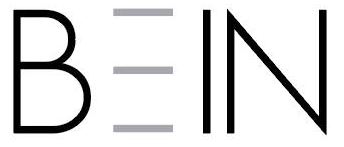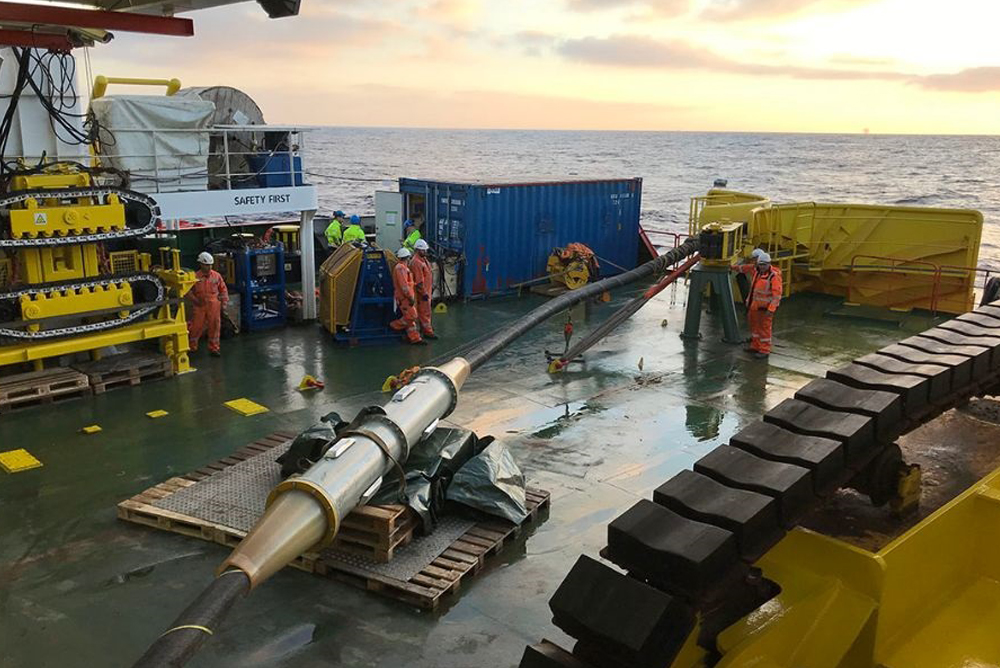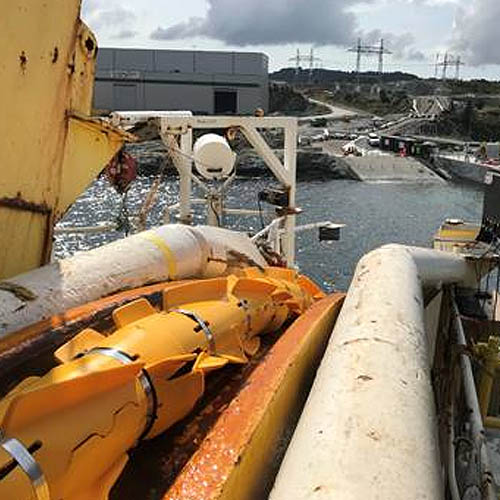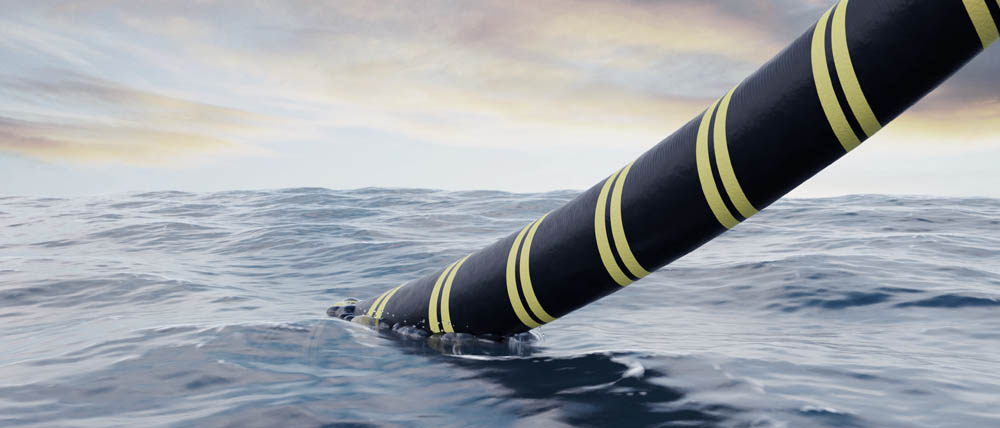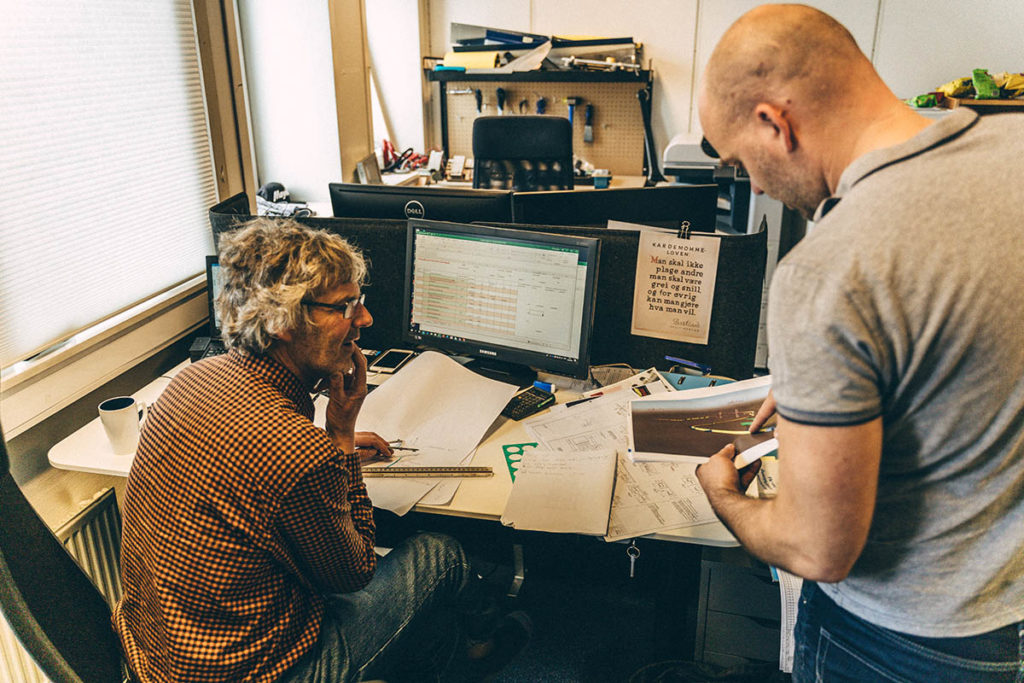BEIN Engineering has personnel with long experience with offshore cable installation and repair, as well as planning, project implementation, and marine operations related to these activities. We are flexible, work quickly and efficiently, and can assist you immediately. Below, you can read more about how we can assist customers and contractors with cable repair projects.
General about subsea cables
The need for offshore cables is increasing in line with the demand for renewable energy. The investment in offshore wind power requires more cables able to export electricity to land, and marine interconnectors allows for transmission of surplus power between different countries and regions.
Burial of subsea cables is a common protection method to minimize the risk of damage. Nevertheless, damages do occur periodically. Damage may be due to production defects, faults or rough cable handling during installation, as well as external impacts such as trawl fishing activity, or emergency anchorage from larger vessels.
Cost of cable repairs
If a damage occurs on a subsea cable, it is essential to perform the cable repair as soon as possible to minimize downtime on the cable system. Engineering is often not prioritized, as the customers main focus is to get the cable back in operation as soon as possible, and there is little time for proper planning.
Despite the short planning window, BEIN Engineering believes that thorough planning and implementation of engineering works are important factors for a successful repair project. The cost of engineering hours spent at an early stage of the project is low in comparison with the total cost of the cable repair operation. Proper engineering and planning will also help to control the project cost and reduce unforeseen expenses associated with the operation. This because it forms the basis for the right decisions regarding selection of vessel, equipment and methods of execution. This, will again, help to minimize the number of vessel days needed to have the operation completed, as well as reducing the weather window needed to carry out the repair. The weather window is especially important, as the cable jointing operation alone often takes several days to complete.
In addition to the jointing operation itself, the marine handling also is a key factor. It will also take time to recover the cable ends to deck and into jointing position. The more time needed for marine handling, the longer the weather window is needed, and this will eventually increase the risk of waiting on weather. If, for example, the operation described above requires 5 days, one may risk to wait twice as long for a suitable weather window than in the case of a similar operation that only takes 4 days. This can therefore result in major increase of the total cost of the repair operation.
In many cases, the vessel cost will make up more than half of a typical repair project budget. In addition, the average cost of downtime on the system alone associated with the cable out of service can be as much as three times the cost of the repair operation itself. On the other hand, the cost of the engineering will only contribute to a few percent of the repair budget.
With this in mind, is it easy to conclude that advance engineering is a good investment.
The importance of weather criteria
The highest costs associated with a cable repair are caused by day rates for the vessel, also during waiting on weather. In fact, days of waiting for for workable weather will make up a significant contribution of the total vessel cost. Therefore, it goes without saying that the weather criteria is essential for the repair operation.
Weather factors may vary depending on vessel specifications, the equipment used, and the method of handling the cable. Weather factors also play an important role in the contractual context, as they often define the boundaries of what is considered to be the waiting time (which is often invoiced to the customer) and what is recorded as downtime (which is covered at the contractor’s own expense).
This makes it important to define all weather factors as early as possible, preferably before the contract for the job is signed.
Vessel nomination
The choice of a vessel for use in the repair operation of offshore cables is usually determined by two factors:
- Availability
- Ability of the vessel to maintain its position
Due to the fact that the repair should be completed as soon as possible to minimize downtime, there is limited availability of vessels. The most common and easiest approach is to charter a fully operational Cable Laying Vessel (CLV) . Such vessels may berelatively expensive to operate, depending on market availability.
An alternative to this could be to charter a cheaper vessel (e.g. a barge), and mobilise the cable handling equipment necessary to get the job done.
However, before making your choice, the vessel’s ability to operate in rough weather should be weighed against weather statistics for the area where the work is planned. Thus, you will get a good idea of the conditions in which your vessel will have to work, and you will also have a more realistic idea of the total cost of the upcoming repair.
Analyses
As part of the engineering process prior to a cable repair operation, it is recommended to do dynamic analyses that take into account the characteristics of the cable, the vessel’s response to different sea conditions, and the limitations of your equipment. This should be done to determine operational weather criteria and to ensure that the cable handling criteria (such as the minimum bending radius) will be met at all stages of the operation. Weather criteria should be established as early as possible, as they are central with regard to cost and important in the context of the contract.
It is recommended to document the integrity of the cable through analysis as this also may be relevant in the event of damage to the cable at a later date. This is especially relevant if the owner is insured as the insurance company often will require documentation before the bill is paid. Some insurance companies will also require seeing such documentation before the operation can be performed.
Procedures
In development projects, where new subsea cables are planned for installation, the work procedures are often very comprehensive and well documented. For repairs, where the available time for planning is very limited, the procedures often become more generic. This is natural, but it is still important to identify and focus on the details required to ensure the planning time is spent correctly.
Such details are often forgotten, and that can affect time spent in the field, with a vessel hired on day rates. An increase in time consumption also implies the need for a wider weather window, which will certainly increase costs associated with waiting on weather and system downtime.
Equipment
Specifying equipment for the job is also important in order to make the operation as efficient as possible. Traditional cable laying vessels are usually well equipped with turntables, winches, cable pulling equipment and chutes, but it is also important to see the benefit of smaller cable-handling equipment.
This is often not prioritized, or even worse, seen as superfluous. But this can also be used to save time for handling and allow the job to be done as efficiently as possible, and to keep the vessel cost and the need for the weather window to a minimum.
There is a lot of equipment on the market available for leasing, but many contractors who perform cable repair works on a regular basis have their own equipment. This can be seen as an advantage, because it is easier and safer to operate equipment you are familiar with, that has proven itself during similar operations on previous projects.
Typical tools needed to repair a subsea cable are
Subsea Cable Cutter
Damage to underwater cables is rarely so severe that the cable is cut in two pieces, although such cases can take place. The ROV should be able to operate a subsea cable cutter, unless the damage occurred in such shallow water that it is more reasonable to use divers for this job.
Recovery Clamp
A critical part of a cable repair is to carefully pull the end of the cable from the seabed and recover the cable to the vessel’s deck. This must be done safely and efficiently. For this job, it is common to use clamps that are attached to the cable by means of ROV. Clamps are used to grab the end of the cable, and the cable is lifted on to the deck of the vessel by a crane. Tests are then performed to check if the cable is intact or if more cable has to be removed, prior to starting the joining process.
Lifting equipment
The actual cable splicing takes place on the deck of the vessel. The cable joint can be either rigid or dynamic. This depends on the type of cable. If the joint is rigid, it must be lifted overboard before being laid down on the seabed. It is important to have the right lifting equipment to ensure that both the cable and the corresponding joint is safely overboarded without risk of damage.
When the jointing operation is completed on deck and the spare length of the cable is jointed with both ends of the fresh cable, one will be left with an overlength of the cable corresponding to the water depth where the repair was carried out. This overlength must be lowered from the vessel and placed on the seabed by means of a deployment arch. The arch must be dimensioned to withstand the forces from the weight of the cable hanging from the deck to the seabed. The greater the water depth, the higher load capacity of the arch is required.
BEIN and cable repair
We have personnel with extensive experience in offshore cable repair, as well as in planning, project implementation and marine operations related to this. We are flexible, work quickly and efficiently, and can start helping you immediately. Do not hesitate to contact us for an informal talk – the key to effective repair is to start planning as early as possible.
Among other things, BEIN can assist clients with the following:
- Early short study of evaluation of offers for the best possible cost / benefit assessment
- Consideration of contractual weather factors and selection of a vessel
- Follow up contractors during the project phase
- Act as client representatives on the vessel during the operational phase
Among other things, BEIN can assist contractors with the following:
- Effective chartering of new vessels
- Preliminary analyses to define contractual weather factors
- Detailed dynamic analysis to verify operational weather constraints and document execution methods
- Establishment of detailed procedures for efficient and safe marine operation
- Design of equipment for specific operations or based on general specifications for IMR equipment (Inspection, Maintenance and Repair)
- Assist as engineers during the project operational phase, to ensure a safe and efficient operation and assure that the procedures are followed.
Contact us today
